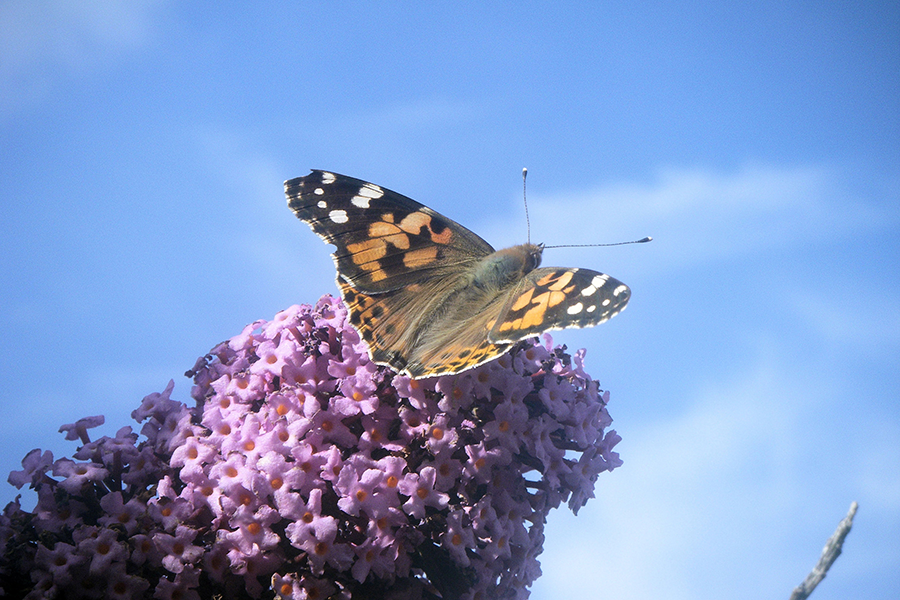Trillions of winged migrants take to British skies
Loading...
Three and a half trillion.
That’s how many insects migrate over southern Britain in one year, according to a study published Friday in the journal Science. To put that number in perspective, that’s the equivalent of more than 54 bugs for every person in Britain.
The team of scientists from Britain, China, and Israel spent a decade tracking insect migration at altitudes between 492 and 3,937 feet using entomological radar and an aerial insect-catching net.
“High-altitude aerial migration of insects is enormous,” University of Exeter entomologist and co-author Jason Chapman told Reuters. “These aerial flows are an unappreciated aspect of terrestrial ecosystems, equivalent to the oceanic movements of plankton which power the oceanic food chains.”
And the vast quantity was not the only surprising aspect of their study. The researchers also discovered that insects migrate north and south seasonally (just like birds), and can reach speeds between 18 and 37 miles per hour by choosing wind patterns that are blowing in their chosen direction, Ars Technica reports.
The trillions of migrating insects weigh a combined total of 3,200 tons – the equivalent of more than 636 elephants flying overhead each year.
But if hundreds of elephants' worth of bugs were flying overhead each year, wouldn’t we know about them already?
No, say scientists: the vast majority of these bugs are super small. Take the marmalade hoverfly, for example.
“It’s only about a centimeter long, it’s orange with black stripes, but it’s a hugely abundant migrant, and it actually does some very important jobs” such as pollinating crops and wildflowers, Dr. Chapman told NPR.
And the authors say Britain’s overhead migration is likely modest compared to other regions of the world. In fact, Chapman tells the Los Angeles Times that Britain’s overhead populations are probably “close to minimum values” because of the area’s cold and dry climate. The warm, moist skies of the Amazon – or southern California, for example – likely see far more than 3.5 trillion insects each year.
While some bug-averse people might find this study chilling, it is really quite encouraging, say scientists. Healthy insect populations are crucial for a productive environmental landscape.
“We could not function without them,” Chapman tells Reuters. The insects pollinate plants, feed birds and bats, and promote healthy soil through decomposition and other important processes.
“If, due to human influence, a large fraction of the [insect] migrant population is wiped out, it might have catastrophic consequences for those particular ecosystems,” Eric Warrant, a zoologist at Lund University in Sweden, told Science magazine in a companion news article.
This study proves that insect migrations are too understudied, and that is the real misfortune, say scientists.
“Certain insects like locusts and the monarch butterfly, have gotten a great deal of attention,” Hugh Dingle, an expert on animal migration at the University of California, Davis, told NPR. “But perhaps because of all that attention on these big charismatic insects, the huge migrations that occur in lots and lots of other insects, all the way down to tiny aphids, are certainly not as well known by the public, and may not even be as well known by scientists.”








